Getting abs with calisthenics isn’t about gimmicks, supplements, or wasting time in front of a mirror. It’s about putting in real work. The kind that demands raw power and dedication.
Calisthenics brings out the kind of strength and core control that builds rock-solid abs without needing a gym full of machines.
We’ll break down the exact moves and approach you need to transform your midsection into something undeniable. If you’re serious about results, keep reading.
9 Steps to Get Abs With Calisthenics?
- Hit Core Exercises
- Increase Resistance
- Eat Clean
- Use Compound Movements
- Shorten Rest
- Hold Static Positions
- Train Consistently
- Add Planks
- Track Progress
1. Hit Core Exercises

| Key Point | Explanation |
|---|---|
| Exercise Focus | Target basic core exercises like crunches, sit-ups, and leg raises |
| Form | Maintain proper posture and engage your core throughout each movement |
| Frequency | Include core exercises 3-4 times a week |
| Reps & Sets | Start with 3 sets of 15-20 reps, adjusting intensity as needed |
When it comes to getting abs with calisthenics, you’ve got to start with the basics. Core exercises are the foundation. Exercises like crunches, sit-ups, and leg raises might seem simple, but they’re the core (literally) of building that strength. The trick isn’t just doing them; it’s doing them right.
Form is everything
If you’re not engaging your core the whole time, you’re wasting your effort. Keep your back straight, your abs tight, and avoid cheating by swinging or using momentum. If you can’t feel the burn deep in your abs, you’re probably doing it wrong.
You should be hitting core exercises around 3 to 4 times a week. Abs need time to recover too, so don’t go overboard and train them every single day. Quality matters more than quantity.
Start with 3 sets of 15-20 reps per exercise, but you’ve got to keep progressing. Once that becomes easy, up the intensity. Slow down your movements, add more reps, or try tougher variations to keep pushing your limits.
Don’t skip this foundation. If you want abs that actually pop, these core exercises are where you lay the groundwork.
2. Increase Resistance
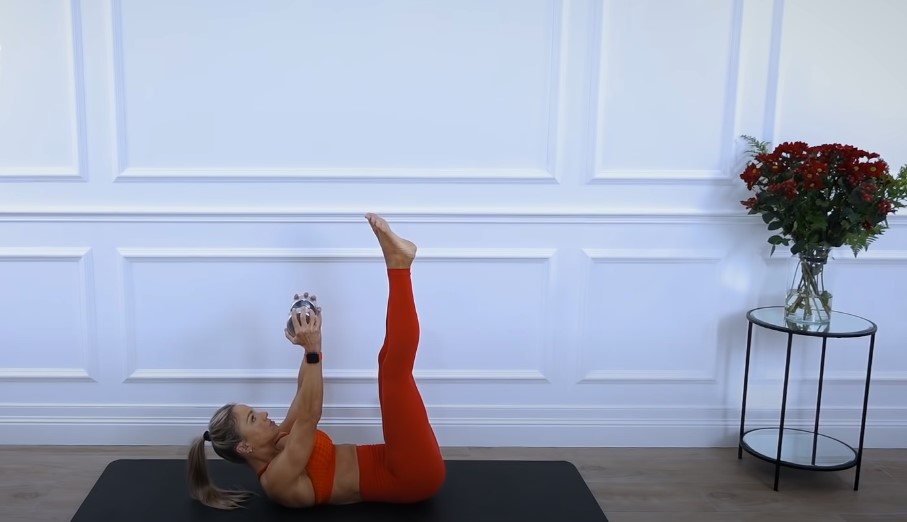
| Key Point | Explanation |
|---|---|
| Progressive Overload | Gradually increase difficulty by adding resistance or advancing exercise variations |
| Resistance Methods | Use weighted vests, resistance bands, or advanced movements |
| Frequency | Integrate resistance into workouts consistently, not just occasionally |
| Exercise Progression | Move from basic to advanced exercises as strength improves |
To get visible abs, you can’t just stick to the same routine—your muscles need to be challenged. This is where progressive overload comes in. It’s all about making your exercises harder over time, whether by adding weight, increasing resistance, or advancing to tougher moves.
Start using resistance methods like weighted vests or resistance bands. For instance, when regular crunches become easy, hold a weight plate on your chest, or switch to more challenging variations like hanging leg raises.
The key is to consistently integrate resistance into your ab workouts. Don’t just add resistance randomly; make it a regular part of your routine. If you’re not constantly pushing for more, your gains will hit a plateau, and your progress will stall, which is something you can often hear from pros, such as Ryan Humiston.
Exercise progression is critical. As you get stronger, move from basic exercises like sit-ups to more advanced moves like dragon flags. The goal is to constantly increase the challenge so your muscles have no choice but to adapt and grow stronger.
3. Maintain a Calorie Deficit

| Key Point | Explanation |
|---|---|
| Caloric Intake | Maintain a calorie deficit for fat loss |
| Macros | Prioritize protein, healthy fats, and complex carbs |
| Meal Timing | Distribute meals evenly throughout the day |
| Hydration | Drink enough water to keep your metabolism running smoothly |
Getting abs isn’t just about training hard. Your diet plays a major role—probably more than you think. You can do all the exercises in the world, but if you’re not eating right, your abs will stay hidden under a layer of fat.
First and foremost, you need to maintain a calorie deficit. That means burning more calories than you consume. Without this, fat loss just won’t happen, and your abs won’t be visible no matter how strong they are underneath.
Focus on the right macronutrients. Your meals should be packed with protein, healthy fats, and complex carbs. Protein helps in muscle recovery and growth, which is key for getting those abs to show. Healthy fats keep your hormones in check, while complex carbs provide the energy you need for those intense calisthenics sessions.
Meal timing matters too. Spread out your meals evenly across the day to keep your energy levels stable and your metabolism active. Crash diets and starving yourself won’t do the trick—consistency is what gets results.
Don’t overlook hydration. Water keeps your metabolism in check, helps digestion, and makes sure your body functions optimally. Staying hydrated is essential for burning fat and keeping your workouts effective.
4. Use Compound Movements
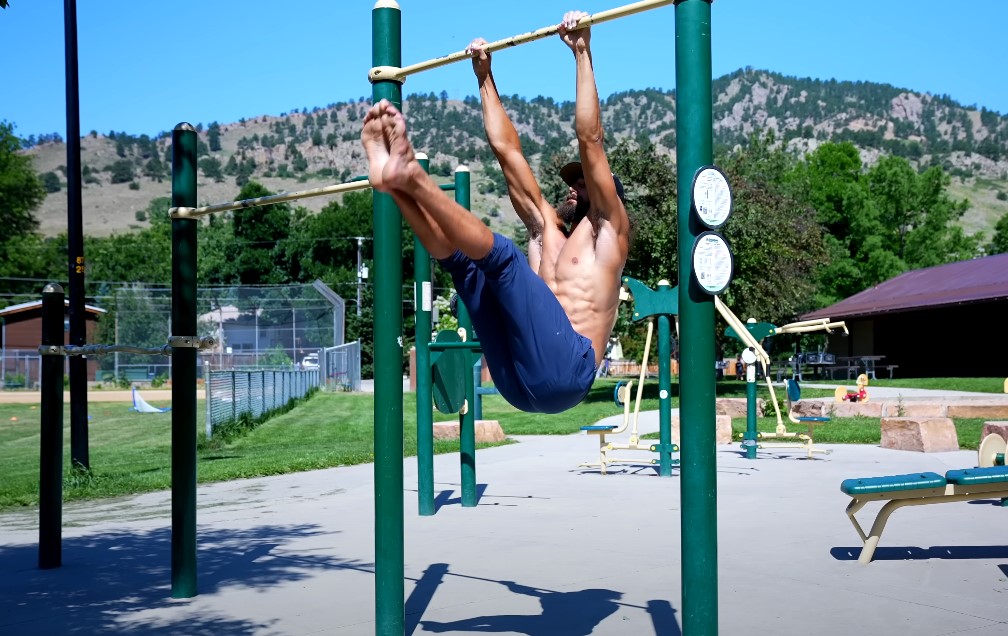
| Key Point | Explanation |
|---|---|
| Multi-Muscle Engagement | Compound exercises work multiple muscle groups simultaneously, including your core |
| Core Activation | Exercises like pull-ups, dips, and push-ups require strong core stabilization |
| Frequency | Incorporate compound movements in every workout session |
| Intensity | Focus on maintaining proper form and engaging your core during every rep |
Compound movements are your go-to for building strong abs while developing overall strength. Unlike isolation exercises, compound movements work multiple muscle groups at once, making them far more effective for total-body conditioning. The best part? These exercises naturally engage your core, so you’re hitting your abs hard without needing to do endless crunches.
Exercises like pull-ups, dips, and push-ups demand core stabilization, which helps develop those deep abdominal muscles. When you engage in compound movements, your abs work as stabilizers, keeping your body controlled and balanced throughout the exercise.
Multi-Muscle Engagement
Compound exercises hit multiple muscle groups in one move. When you’re doing pull-ups, for example, your lats, biceps, shoulders, and core are all working together. This not only builds functional strength but also makes your workouts more efficient. Your core is constantly activated to maintain stability, giving your abs a serious workout without needing to isolate them.
Core Activation
Exercises like dips and push-ups require a solid core to maintain proper form. During dips, your abs keep your body balanced as you lower and raise yourself. The same goes for push-ups—your core has to stay tight to prevent your hips from sagging. This constant engagement is what leads to defined abs over time.
Frequency and Intensity
Make compound movements a staple in every workout session. The key is to focus on form and core engagement during each rep. The intensity comes naturally when you maintain a tight core and control your movements. Don’t rush through reps—slow and controlled is where the gains happen.
5. Shorten Rest
| Key Point | Explanation |
|---|---|
| High Intensity | Keep rest periods short to maintain intensity and keep your heart rate up |
| Fat Loss | Shorter rests help burn more calories, leading to faster fat loss |
| Core Engagement | Minimal rest keeps the core constantly engaged, enhancing muscle growth |
| Frequency | Apply this to all ab workouts and general routines |
To get abs while doing calisthenics, you’ve got to bring the intensity. Shortening your rest periods is a straightforward way to do that. By keeping your breaks short, you keep your heart rate up, burn more calories, and push your muscles to adapt quicker. The less time you spend resting, the more you force your core to stay engaged, which helps build those abs faster.
Keeping your rest periods between 30 to 45 seconds during your ab routines maximizes fat burning and increases the challenge on your core. Let’s break it down further.
High Intensity
Short rest periods are key for maintaining high intensity throughout your workout. When you minimize downtime, you keep your heart rate elevated, turning your workout into a fat-burning machine. This is essential for revealing your abs since shedding fat is crucial.
Fat Loss Acceleration
When you shorten your rests, you push your body to burn more calories. High-intensity intervals promote fat loss more effectively, and since you need a leaner physique to showcase your abs, it’s a win-win.
Continuous Core Engagement
When you cut down on rest, your core doesn’t get a chance to fully relax. This constant tension forces your abs to stay activated, leading to more muscle growth. You’re not just doing more work—you’re doing better-quality work by maintaining that engagement.
Apply Consistently
Short rest intervals should be a standard in your training, not just something you throw in occasionally. Stick to this approach for all your workouts, not just ab-specific routines, and you’ll see better results across the board.
6. Hold Static Positions
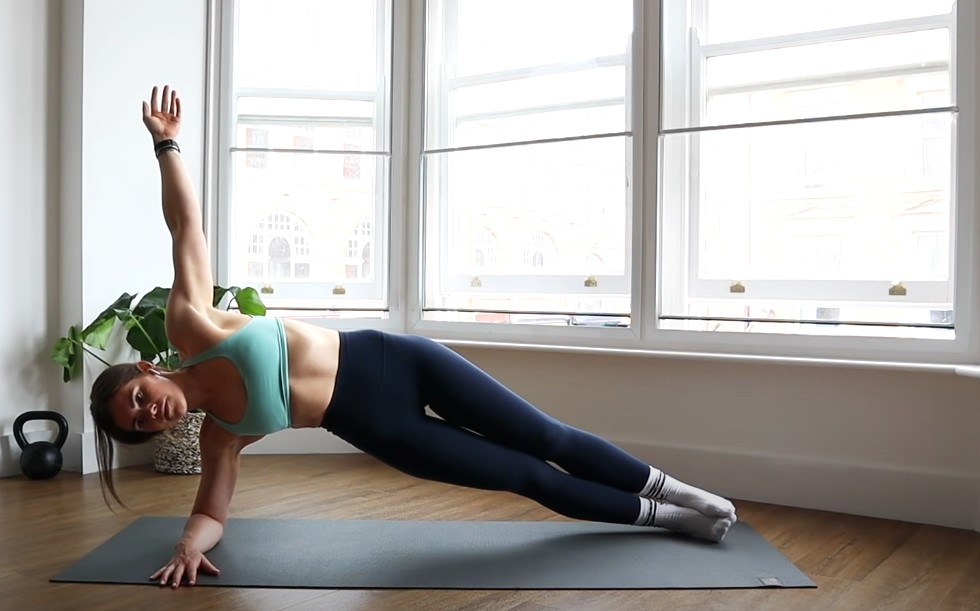
| Key Point | Explanation |
|---|---|
| Core Stability | Static holds develop deep core stability and strength |
| Key Exercises | Focus on planks, hollow body holds, and L-sits |
| Duration | Hold positions for 20-60 seconds depending on fitness level |
| Progression | Gradually increase hold time as strength improves |
Static positions are some of the most effective tools for building rock-solid abs. By holding a position where your core is fully engaged, you’re forcing your muscles to work overtime. These exercises are brutal but effective because they target both the deep and surface layers of your core, leading to better muscle definition and overall stability.
Key exercises like planks, hollow body holds, and L-sits are your go-tos here. They may seem simple, but when done right, they’ll torch your abs and take your strength to the next level.
Core Stability
Static holds are unmatched for developing core stability. When you maintain a position under tension, your core muscles are forced to stay tight and controlled, which translates to improved balance and overall strength. This stability carries over to every other movement you do, making your abs more functional, not just for show.
Essential Exercises
The foundation of static holds includes exercises like planks, hollow body holds, and L-sits. Planks target your entire core and require constant engagement. Hollow body holds zero in on your lower abs and build strength in those hard-to-reach areas. L-sits are a full-core challenge that also hits your hip flexors and quads.
Hold Duration
Start with 20-second holds if you’re new to these exercises, gradually working your way up to 60 seconds or more as your strength improves. Don’t rush through this—static holds are about maintaining perfect form, not just surviving the time. Focus on keeping every muscle tight, and you’ll feel the burn deep in your abs.
Progression Over Time
As you get stronger, you can increase your hold time or add variations like weighted planks or hanging L-sits. The goal is to keep pushing the limit, so your core keeps growing stronger and more defined. Static holds might be tough, but they deliver results.
7. Train Consistently
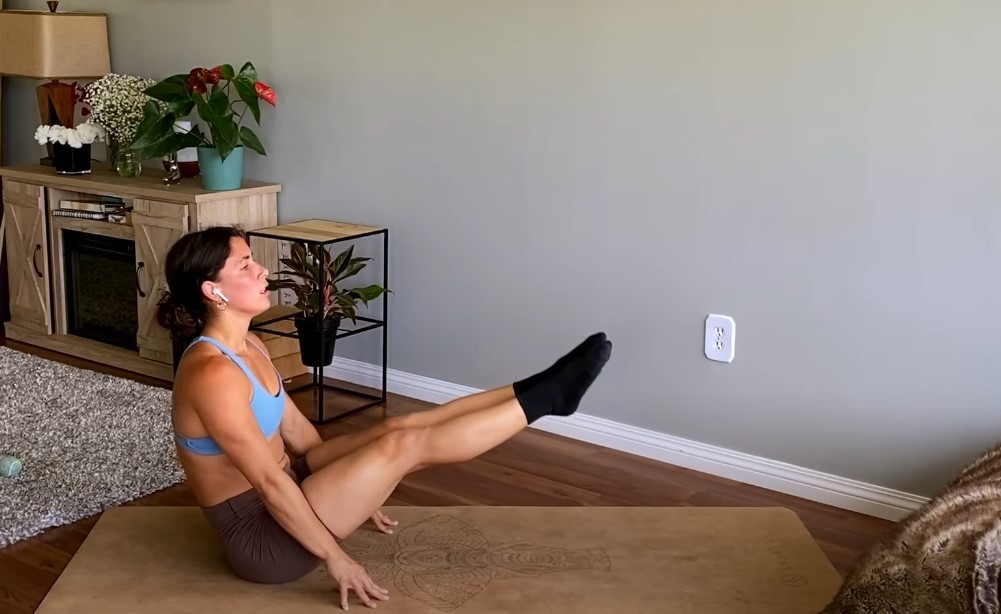
| Key Point | Explanation |
|---|---|
| Consistency | Don’t skip sessions! |
| Frequency | Train abs 3-4 times per week for optimal results |
| Balanced Routine | Mix core-specific workouts with full-body calisthenics |
| Recovery | Allow proper recovery time for muscle growth |
Consistency is the backbone of any fitness goal, and getting abs is no different. You can’t expect results if you’re inconsistent or only work on your abs when you feel like it. To get those abs, you’ve got to stick to a routine that keeps your core engaged week after week. This isn’t about random workouts; it’s about training with purpose.
The right frequency is crucial. Training abs 3-4 times a week strikes the balance between working your muscles and giving them time to recover.
Consistency is Key
No shortcuts here. Consistency separates those who get results from those who stay frustrated. Stick to your ab routine religiously, whether you feel motivated or not. Skipping workouts breaks your momentum and sets you back. Even when life gets busy, carve out time for your core workouts.
Train 3-4 Times a Week
Hitting abs 3-4 times a week allows for enough frequency to see progress without overtraining. Your abs, like any other muscle, need recovery time to grow stronger. Don’t fall into the trap of thinking more is better—train hard, rest, and repeat.
Balance Your Routine
While core-specific exercises are crucial, don’t forget that full-body calisthenics also engage your core. Exercises like pull-ups, dips, and push-ups work your abs indirectly. A balanced routine combines targeted ab workouts with compound movements.
Allow for Recovery
Muscle growth happens during recovery. Give your abs enough time to rest between sessions, so they can rebuild stronger.
8. Add Planks
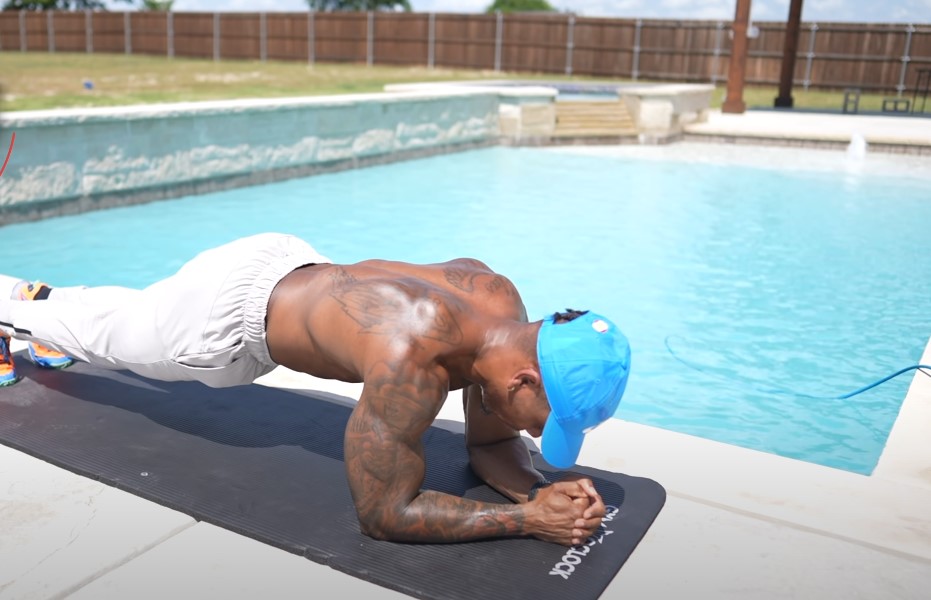
| Key Point | Explanation |
|---|---|
| Core Stability | Planks strengthen your entire core and build endurance |
| Variations | Side planks, forearm planks, and plank to push-up are key exercises |
| Form | Maintain a straight line from head to heels with tight core engagement |
| Duration | Start with 30-60 seconds per hold, progressing as strength improves |
Planks are essential for building core stability and overall strength. They engage multiple muscle groups at once, making them highly effective for total-core development. Planks offer a range of variations that can target different areas of your core as you progress in strength.
Side planks, forearm planks, and the plank to push-up are great for hitting your core from different angles. Form is everything here, so maintaining a straight line from your head to your heels is crucial for full engagement and maximum results.
Build Core Stability
Planks require constant core activation to maintain balance and alignment. This stability helps improve your performance in other exercises and strengthens your foundation for building visible abs.
Use Variations
Standard planks are great, but side planks and forearm planks take it up a notch. They work different parts of your core, helping you build a more balanced and defined midsection. The plank to push-up variation adds dynamic movement, challenging your core even more.
Perfect Your Form
Form is the difference between seeing results and wasting effort. Keep your body straight and tight, avoiding any sagging or arching. A strong core will naturally hold this position, giving you the most out of each plank.
Progress Your Duration
Start with holds of 30-60 seconds and build up as you get stronger. The goal is to maintain perfect form while gradually increasing the time you can hold each plank. As you progress, challenge yourself by adding weight or experimenting with tougher variations.
9. Track Progress and Adjust
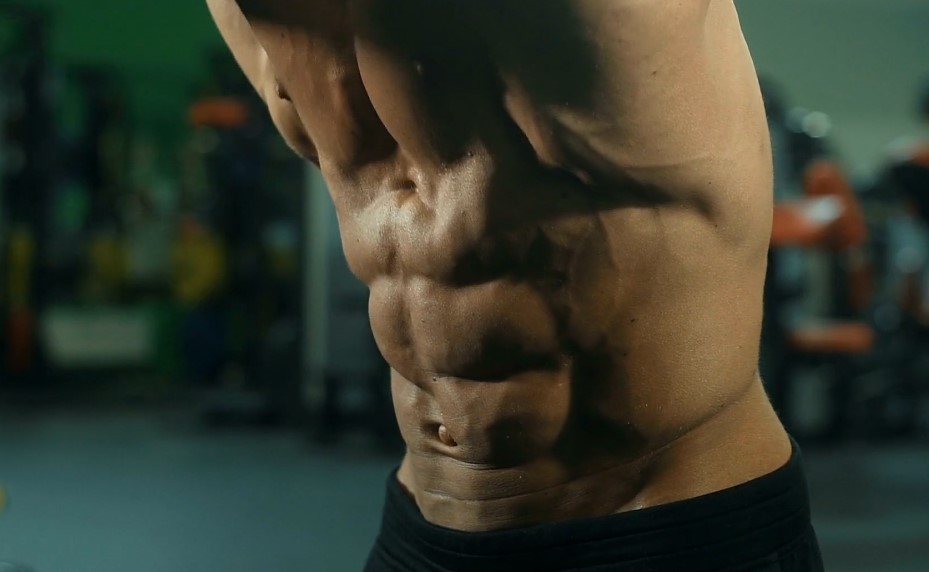
| Key Point | Explanation |
|---|---|
| Monitoring Progress | Regularly assess strength gains and visual changes |
| Adjust Workouts | Increase exercise difficulty or modify routines as needed |
| Record Data | Keep a record of your workouts to monitor improvements |
| Stay Consistent | Make adjustments based on realistic progress, not impatience |
Tracking your progress is key to making sure your effort is translating into real results. Building abs with calisthenics requires constant evaluation and adjustments. Regularly check your progress, whether it’s how your core looks or how much stronger you’re getting. If you notice a plateau, that’s your cue to switch things up and push your limits.
Monitor Your Progress
Take time every couple of weeks to assess your results. Notice how your abs are developing, whether your core is getting stronger, and if your overall physique is improving. Keep an eye on both visual changes and performance gains.
Adjust Your Workouts
If your routine feels too easy, it’s time to increase the difficulty. Add more challenging variations, increase reps, or reduce rest times. The key is to keep challenging your body so that it continues to adapt and improve.
Keep a Log
Tracking reps, sets, and workout intensity helps you see where you’re improving and where you might need more work. Consistent logging gives you clear data to analyze and adjust based on what’s working and what isn’t.
If you’ve never recorded yourself training, give this a try and see how it impacts your progress. You can even create your own fitness videos using this easy tool from Adobe Express, which lets you quickly put together training clips without needing any editing experience.
Recording your workouts gives you a clear look at how well you’re engaging your core. Are you keeping tension throughout each rep? Is your form as tight as you think? Small tweaks based on video feedback can make a massive difference in your results.
Stay Consistent and Patient
Adjustments should be based on real progress, not impatience. Building abs takes time, and progress isn’t always linear. Stay consistent with your plan and make small, smart changes as needed.
FAQs
Conclusion
Getting abs through calisthenics isn’t about chasing shortcuts or gimmicks. It’s about committing to real, consistent work that targets your core from all angles. You don’t need fancy equipment or overly complicated routines. Stick to the basics, push your limits, and stay disciplined.

